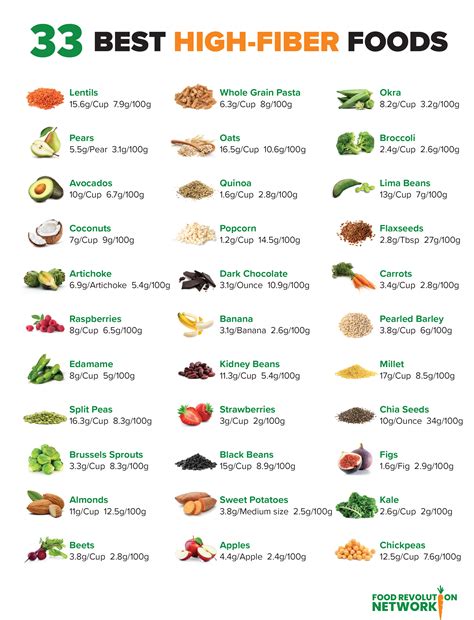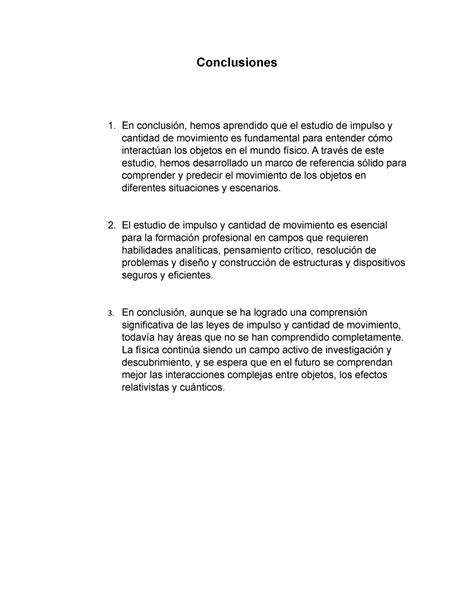Intro
Boost digestive health with 5 high fiber tips, incorporating soluble fiber, insoluble fiber, and prebiotic foods to support healthy gut bacteria and promote regular bowel movements, improving overall nutrition and well-being.
Incorporating high fiber foods into our diet is one of the simplest and most effective ways to improve our overall health and wellbeing. Fiber plays a crucial role in maintaining a healthy digestive system, promoting satiety, and supporting healthy blood sugar levels. Despite its numerous benefits, many of us struggle to consume enough fiber in our daily diets. The average person consumes a mere 15 grams of fiber per day, falling short of the recommended daily intake of 25-30 grams. This shortfall can have significant consequences, including constipation, diverticulitis, and an increased risk of chronic diseases such as heart disease and diabetes.
The importance of fiber cannot be overstated, and making a few simple changes to our diet can have a significant impact on our health. By incorporating high fiber foods into our meals and snacks, we can improve our digestive health, boost our energy levels, and even support healthy weight management. With so many delicious and nutritious high fiber foods to choose from, it's easier than ever to meet our daily fiber needs. From fruits and vegetables to whole grains and legumes, there are countless ways to add more fiber to our diet.
A high fiber diet is not just about adding more fiber-rich foods to our meals, but also about making sustainable lifestyle changes that promote overall health and wellbeing. By understanding the benefits of fiber and making a few simple changes to our diet, we can take the first step towards a healthier, happier us. Whether we're looking to improve our digestive health, boost our energy levels, or simply feel more full and satisfied after meals, a high fiber diet is an excellent place to start. With its numerous benefits and delicious food options, it's no wonder that high fiber diets are becoming increasingly popular.
Introduction to High Fiber Diets

Benefits of High Fiber Diets
The benefits of high fiber diets are numerous and well-documented. Some of the key benefits include: * Promoting healthy digestion and bowel function * Supporting healthy blood sugar levels * Aiding in weight management * Reducing the risk of chronic diseases such as heart disease and diabetes * Improving satiety and reducing hungerHigh Fiber Foods

Tips for Increasing Fiber Intake
Increasing our fiber intake is simple and can be achieved by making a few small changes to our diet. Here are some tips to get us started: * Start our day with a high fiber breakfast, such as oatmeal with fruit and nuts * Snack on high fiber fruits and vegetables, such as apples and carrots * Incorporate legumes into our meals, such as adding beans to our favorite soups and stews * Choose whole grains over refined grains, such as brown rice instead of white riceMeal Planning for High Fiber Diets

Breakfast Ideas for High Fiber Diets
Breakfast is an excellent opportunity to boost our fiber intake and set ourselves up for a healthy and energized day. Here are some delicious and nutritious breakfast ideas that are high in fiber: * Oatmeal with fruit and nuts * Whole grain toast with avocado and eggs * Greek yogurt with berries and granola * Smoothie bowl with spinach, banana, and almond milkCommon Mistakes to Avoid on a High Fiber Diet

Troubleshooting Common Issues on a High Fiber Diet
While high fiber diets are generally well-tolerated, some people may experience common issues such as bloating, gas, and constipation. Here are some tips for troubleshooting these issues: * Increasing water intake to help fiber move through the digestive system * Taking a probiotic supplement to support healthy gut bacteria * Eating smaller, more frequent meals to reduce digestive discomfort * Avoiding high fiber foods that are known to cause gas and bloating, such as beans and cabbageConclusion and Next Steps

We invite you to share your thoughts and experiences with high fiber diets in the comments below. Have you noticed any benefits or challenges since increasing your fiber intake? What are some of your favorite high fiber foods and recipes? By sharing our knowledge and experiences, we can support and motivate each other to achieve our health goals and live a healthier, happier life.
What are the benefits of a high fiber diet?
+A high fiber diet can help promote healthy digestion, support healthy blood sugar levels, and even aid in weight management. It can also reduce the risk of chronic diseases such as heart disease and diabetes.
How much fiber should I eat per day?
+The recommended daily intake of fiber is 25-30 grams per day. However, the average person consumes a mere 15 grams of fiber per day, so it's a good idea to aim for the higher end of this range.
What are some high fiber foods that I can add to my diet?
+Some high fiber foods include fruits, vegetables, whole grains, and legumes. Some examples include apples, bananas, broccoli, carrots, brown rice, quinoa, and beans.
